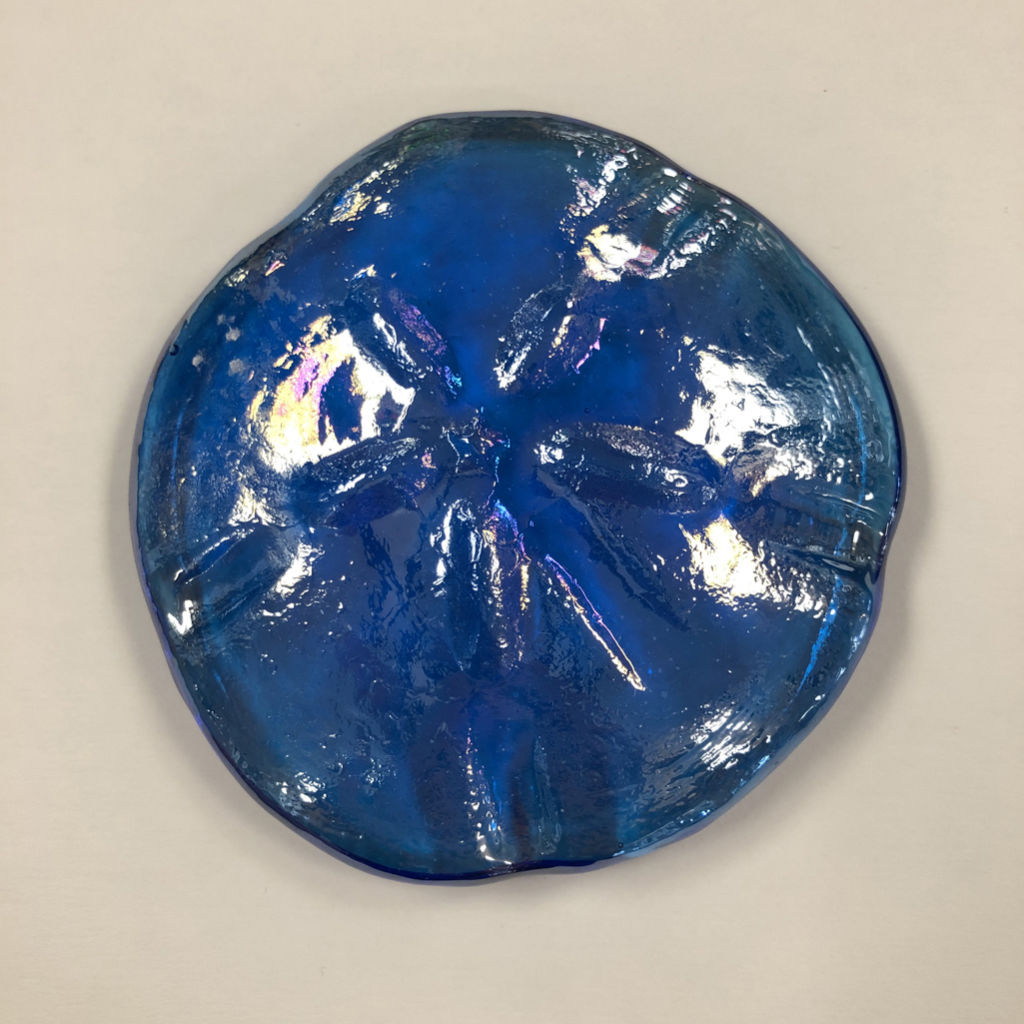
3D Sand Dollar Turquoise Irridized Glass House Store
Live sand dollars are purple (or sometimes red or brown) and "hairy" (actually flexible bristles called "spines") and live along the ocean floor. There is a myriad of fun facts to learn about the sand dollar. Keep reading to learn about what is inside a sand dollar, what type of animal they are, the history of the sand dollar, and more!

Perfect Sand Dollar Isolated On Black Stock Photo Download Image Now iStock
Nature animals PUBLISHED January 10, 2023 What Are Sand Dollars And Why Should You Leave Them On The Beach? If you can't find any sand dollars you're probably at the wrong sand bank..
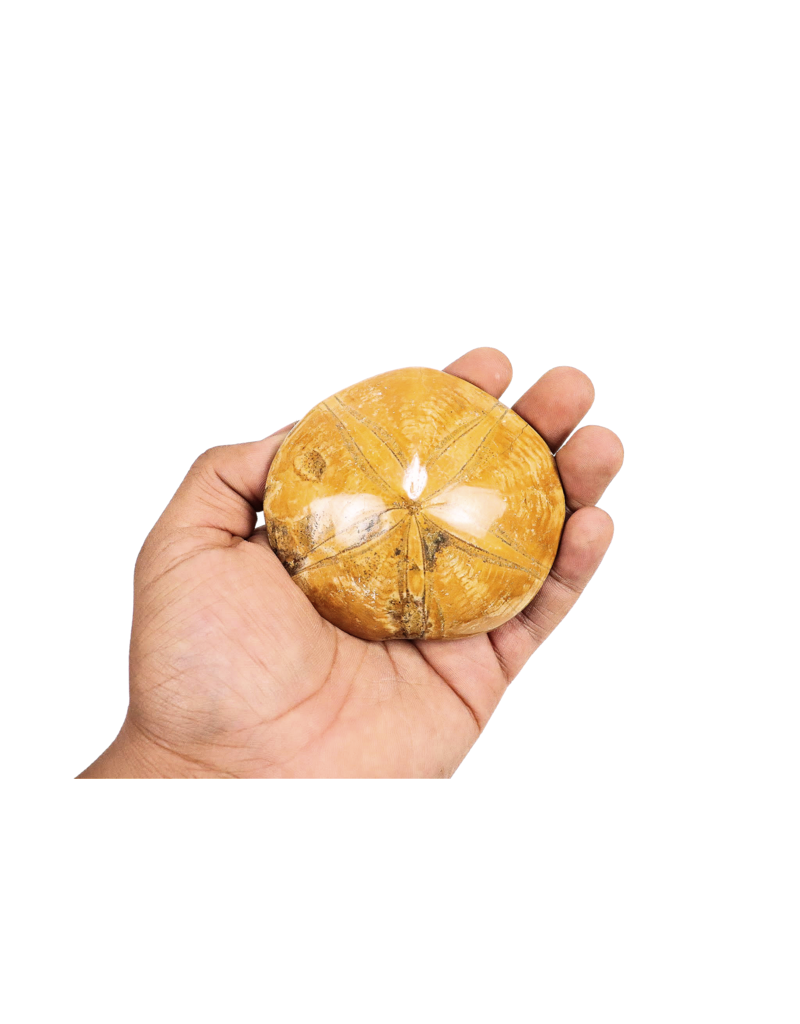
Sand Dollar Large Mama's Minerals
1. Sand Dollars Aren't White When They're Alive Stuart Westmorland / Getty Images Most people see sand dollars only after they've deceased. Those white "shells" found along the beach are.

Sand Dollar December 30th, 2004 Sand dollars are of the p… Flickr
Sand dollars are primarily found in tropical coastal regions of the Pacific, Atlantic, and Indian Ocean. They live on sandy and muddy ocean floors mostly in low subtidal zones of protected bays but also in deeper waters up to 40m (131 feet).. If you find a living sand dollar with a color ranging from dark brown to purplish-red, make sure you.
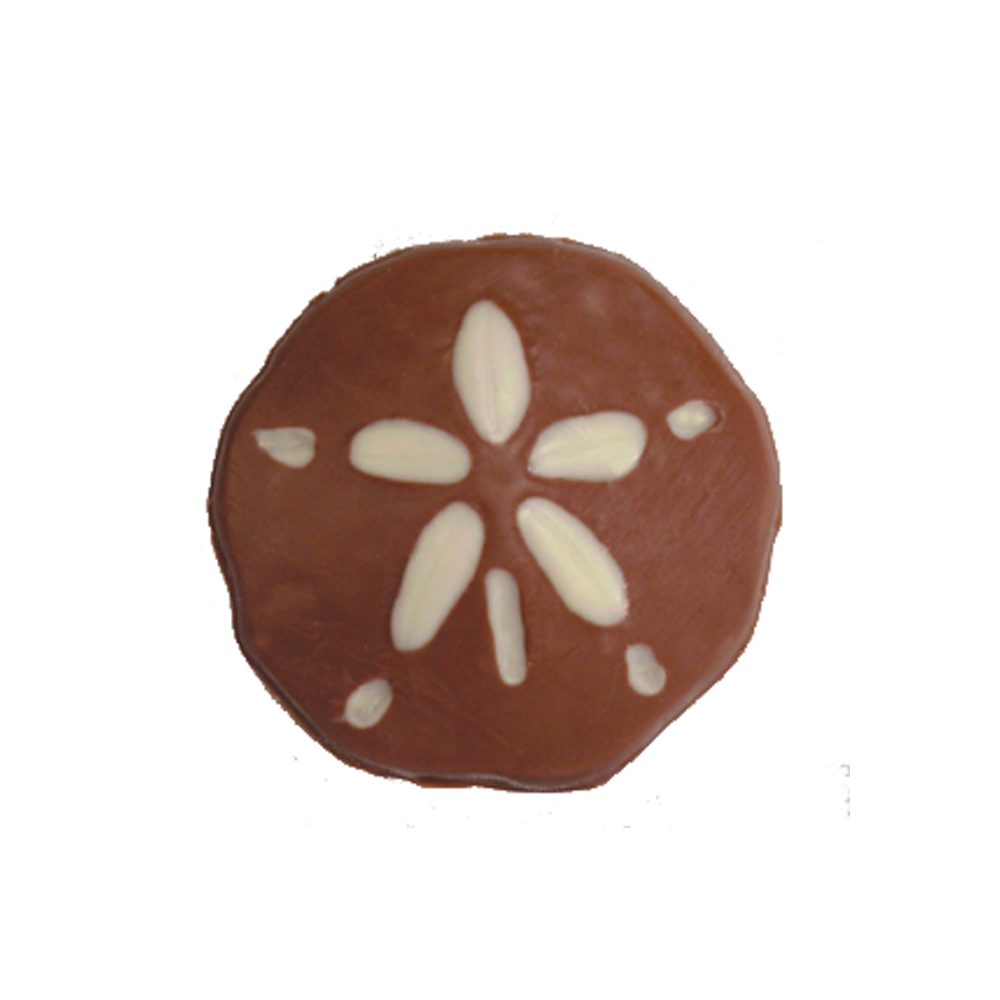
Sand Dollar Varda Chocolatier
A Red Sand Dollar will be on a pedestal to the left, and a White variant can be found on the right. While they are seated separately from each other, these two Pets are actually a single premium.

Sand dollar alive YouTube
The Red Sand Dollar is an ultra-rare pet in Adopt Me! that was released on March 9, 2023. It is obtainable through purchasing the gamepass for 240, or through trading with other players. Players will also obtain the White Sand Dollar upon purchasing the gamepass . Appearance The Red Sand Dollar features a red circle with red ruffles on its edge.

Parkay Flush Stair Nose Sand Dollar Masters Building Products
Pacific sand dollars are found along the Pacific North American coast from southern Alaska to Baja, California. ( Mooi, 1997; Pilkey and Hower, 1960) Biogeographic Regions nearctic native pacific ocean native Habitat Pacific sand dollar colonies inhabit nearshore, fine sand bottoms on level terrain.
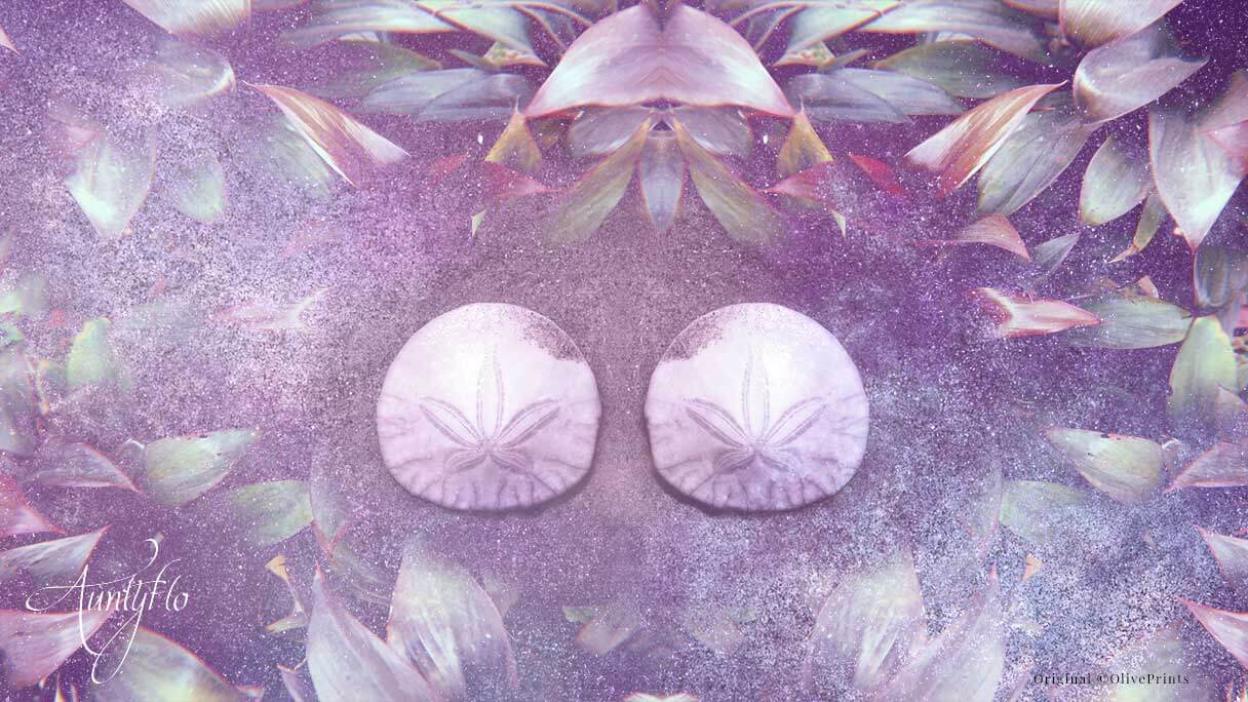
Sand Dollar Awaken your magick powers
Encouraging adult sand dollars to spawn (release their eggs and sperm) allows us to see who's who — eggs come out red and sperm comes out white. After spawning, Christy collects sperm and fertilizes eggs. A fertilized egg quickly begins to divide and grow. Over the course of several weeks, it sprouts arms: first two, then four, six, and.
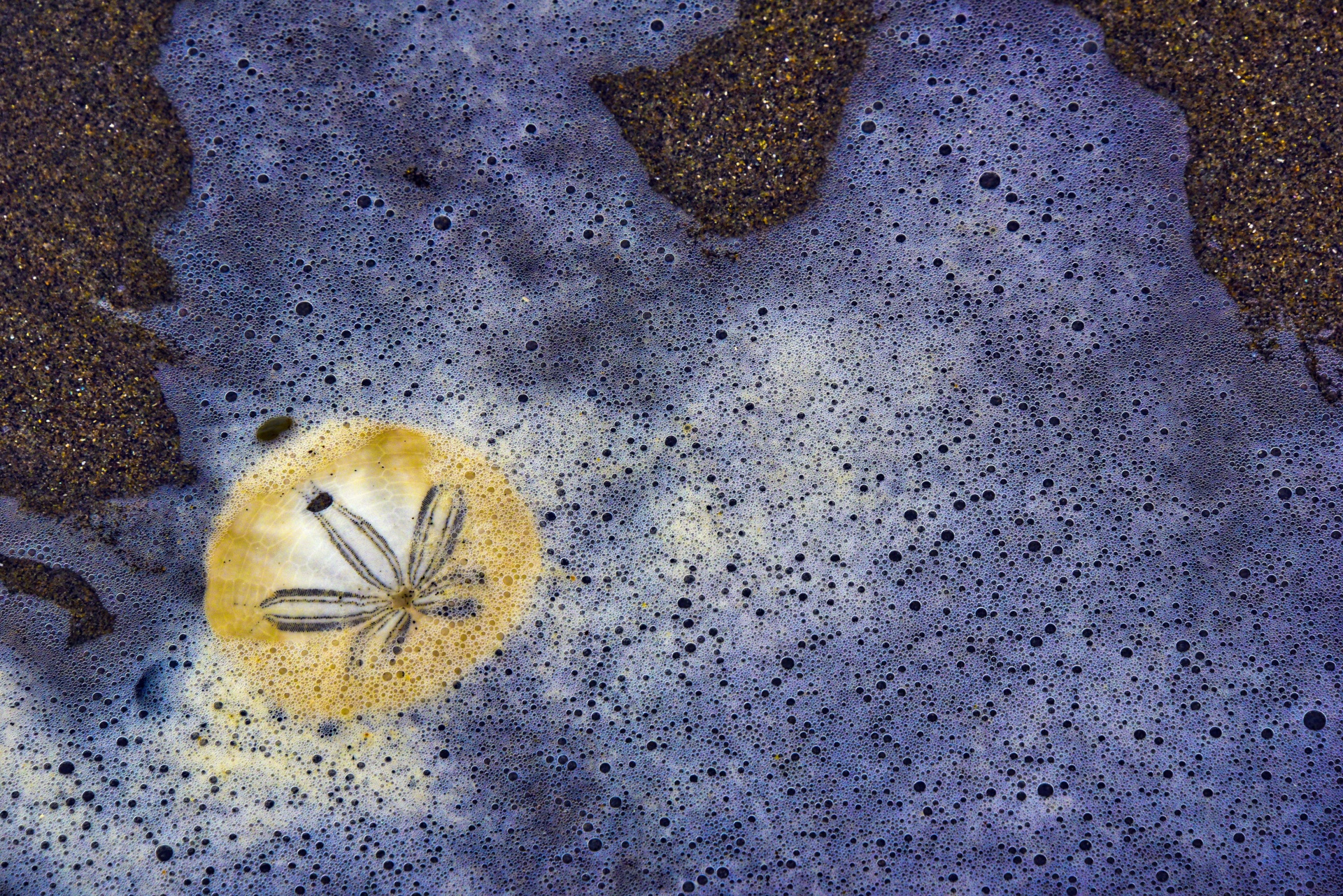
Colorful Sand Dollar Free Stock Photo Public Domain Pictures
The small spines will fall off quickly after the animal dies. Check the color. Sand dollars are grey, brown or purplish when they are living. When a sand dollar dies, the color fades and the skeleton becomes very white.

Pin by Cottage Gardens.... (Melo on santa fe in colors Painted sand dollars, Sand dollar
Red Sand Dollar Type Pets Origin Pool Store 2023 Update (Robux) Rarity Ultra-Rare Favorites 0 users have this item in their favorites Active Offers 0 Offers are currently active for the Regular Red Sand Dollar 0 Offers are currently active for the Neon Red Sand Dollar 0 Offers are currently active for the Mega Neon Red Sand Dollar Variations N

All Products Page 2 Project Bead™
Description Living animals of the common sand dollar (Echinarachnius parma) species are generally sub-circular, measuring approximately 2-4 inches across, and are coated with spines that are purple, reddish-purple or brown in color.
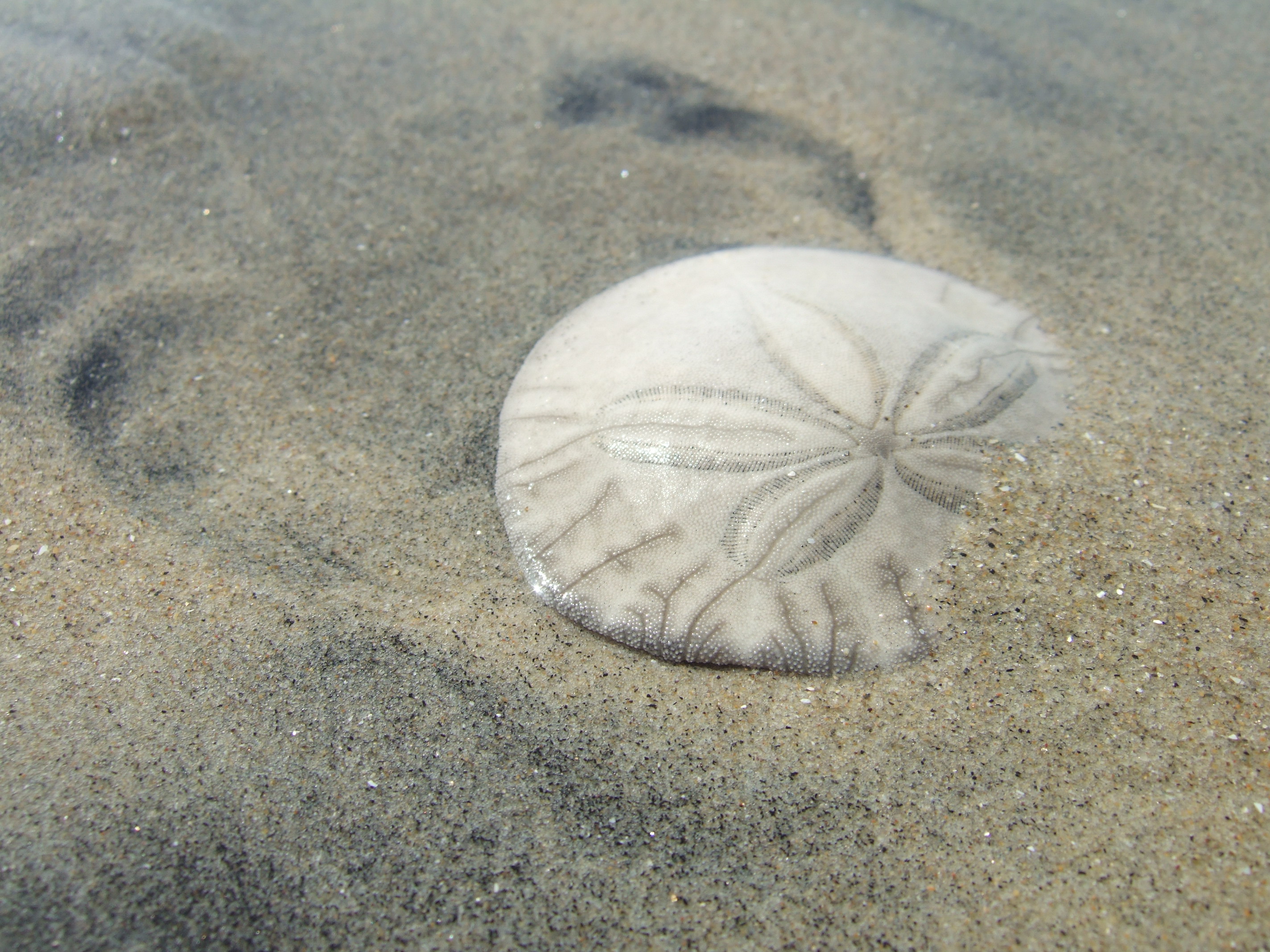
Sand Dollars from Heaven StrengthCourageBelieve
The sand dollars scattered over Ocean Beach are a species called Dendraster excentricus, and a few things set them apart from the 150-or-so other sand dollar species currently living across the.

Red sand dollar Sea urchin shell, Sea shells, Wallpaper shelves
(also known as snapper biscuits New Zealand pansy shells) are species of flat, burrowing sea urchins belonging to the Clypeasteroida. Some species within the order, not quite as flat, are known as sea biscuits. Sand dollars can also be called "sand cakes" or "cake urchins". [2]
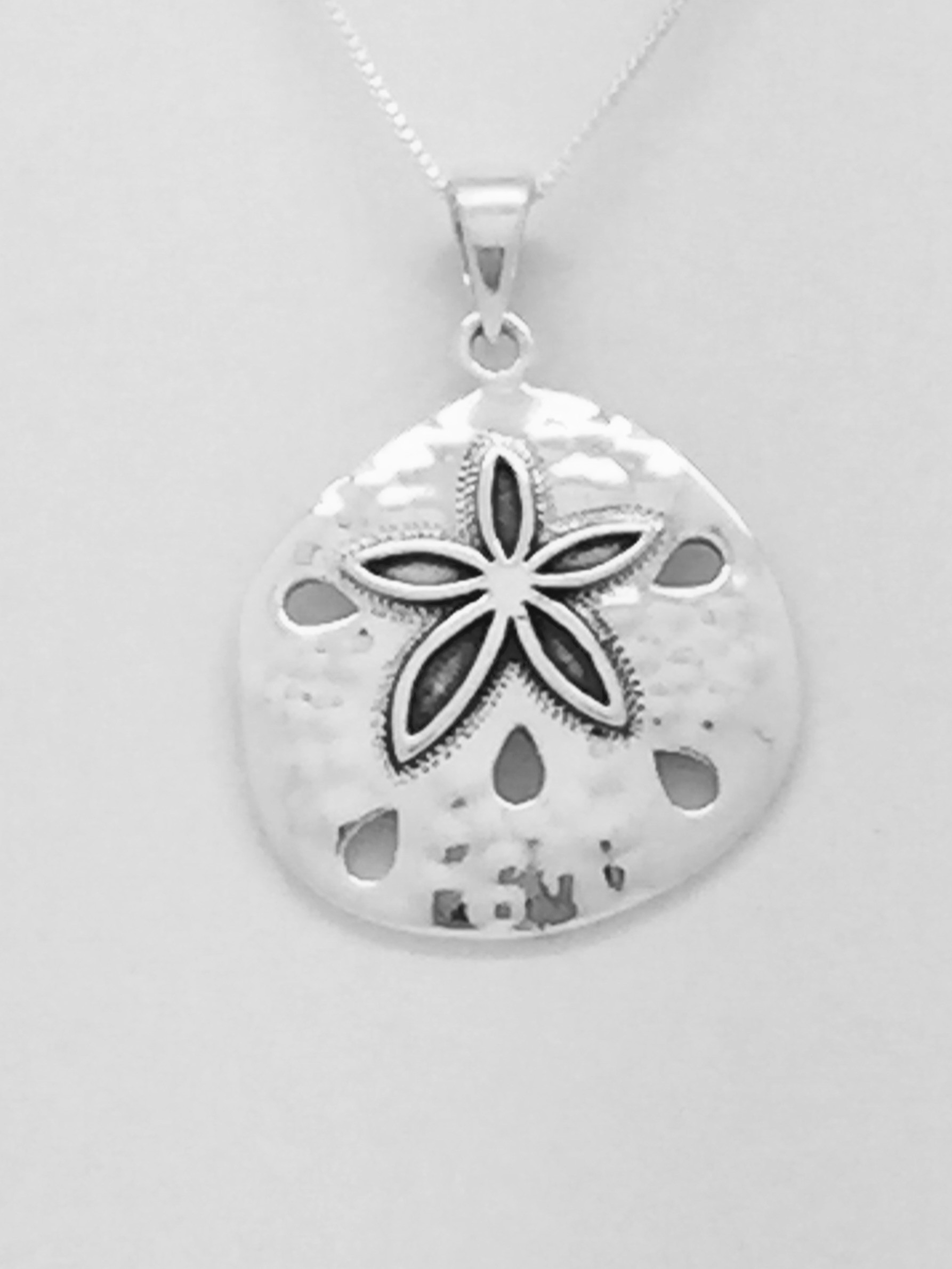
Large Natural Shaped Sand Dollar Pendant The Silver Seahorse
Information about Sand Dollar / #C2B280. In a RGB color space (made from three colored lights for red, green, and blue), hex #C2B280 is made of 76.1% red, 69.8% green and 50.2% blue. In a CMYK color space (also known as process color, or four color, and used in color printing), hex #C2B280 is made of 0% cyan, 8% magenta, 34% yellow and 24% black.
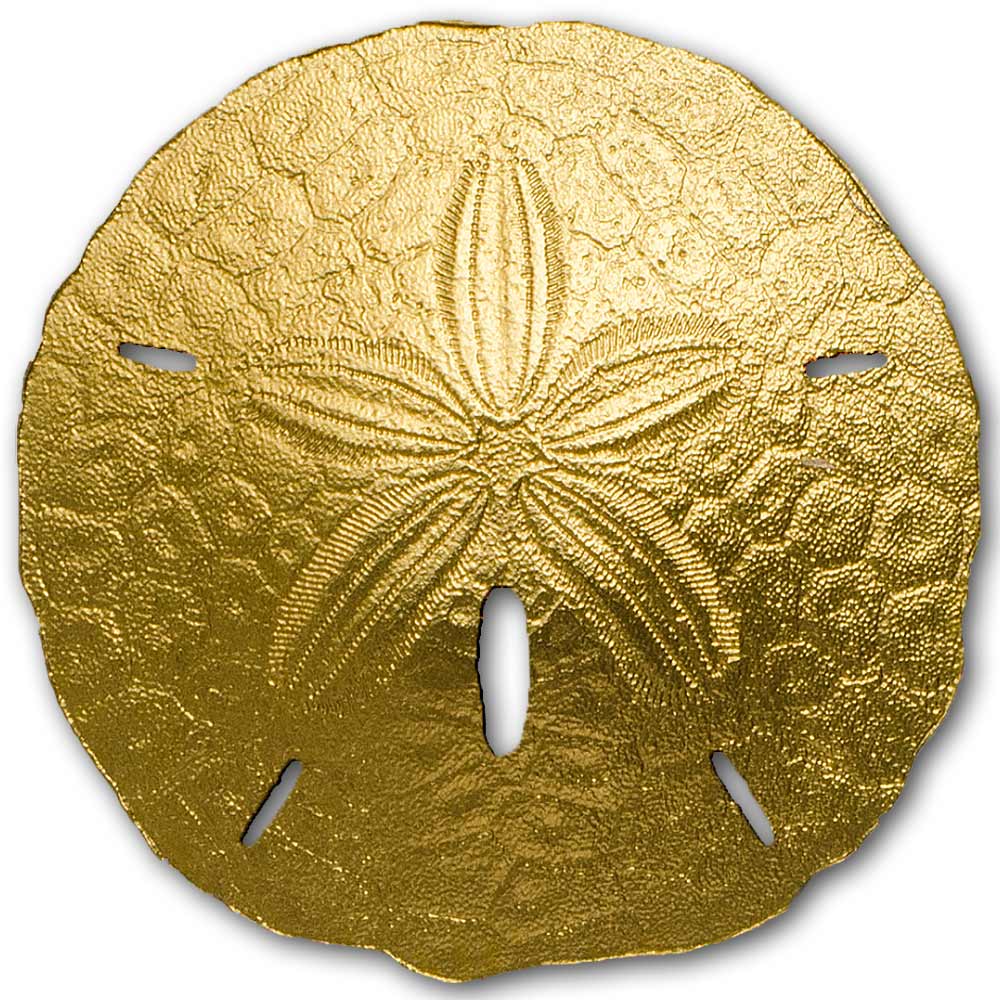
SAND DOLLAR 2017 Palau 0.5g minigold coin
Common colorations of sand dollars are gray, dark purple, pink, red, and charcoal. The tube feet help with everything from feeding to motion, to drawing oxygen from the surrounding environment. Sand dollars have two sides, one that contains the mouth and one that does not.

Parkay Multipurpose Sand Dollar Masters Building Products
A living Sand Dollar at the bottom of the ocean (left) and a dead Sand Dollar shell commonly found at the beach (right) How to Identify Live Sand Dollars To determine if a sand dollar is alive, examine these key characteristics: A live sand dollar will have a dark color such as brown, purple, or red, while a white or tan color indicates it is dead.